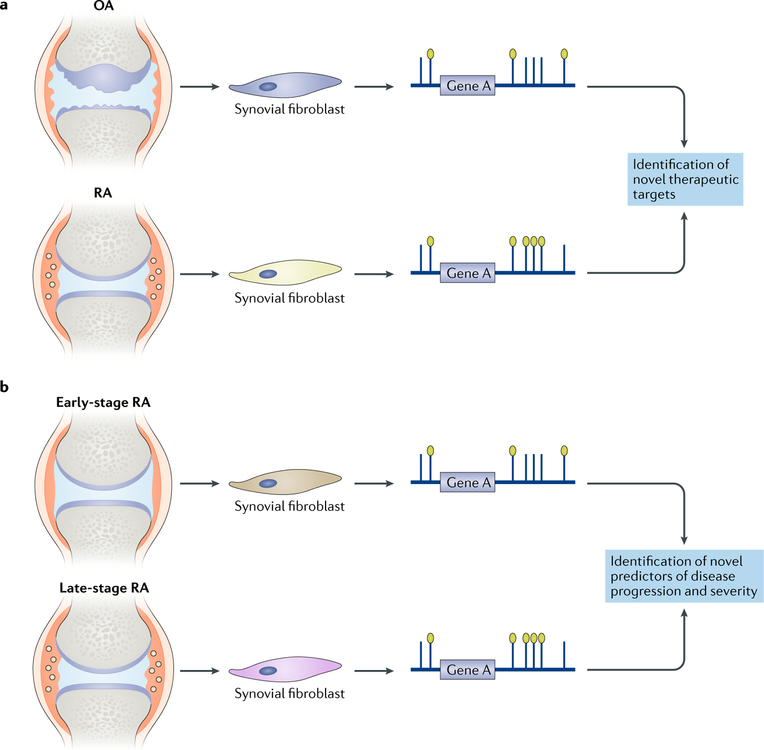Fig. 3 |. Using epigenomics to gain insight into rheumatic diseases.
a | Epigenomic analysis of synovial fibroblasts has already provided insights into mechanisms that distinguish cells from different anatomic locations, and DNA methylation analysis has identified differences between synovial fibroblasts in osteoarthritis (OA) and rheumatoid arthritis (RA) that might lead to the identification of novel therapeutic targets. b | Differences in DNA methylation have been detected between synovial fibroblasts in early-stage and late-stage RA and might be important for prognosis. As epigenomic changes are often stable, they can confer transcriptional memory and reflect environmental influences on pathogenesis.

